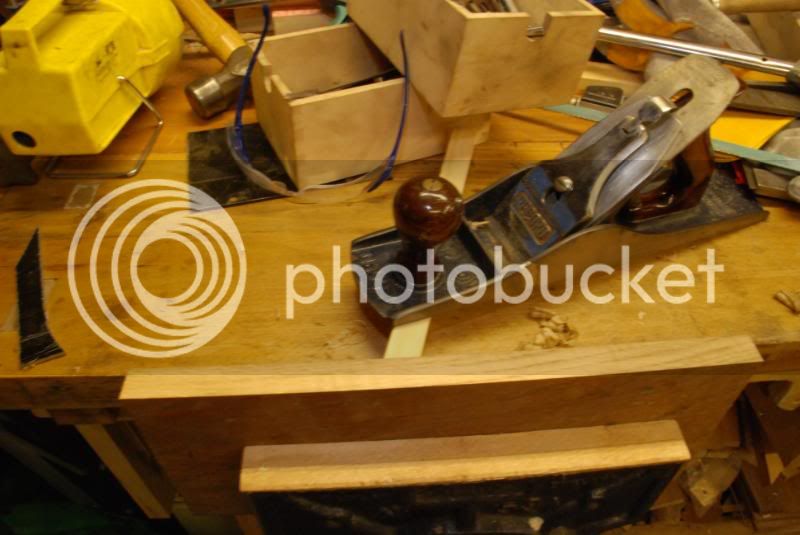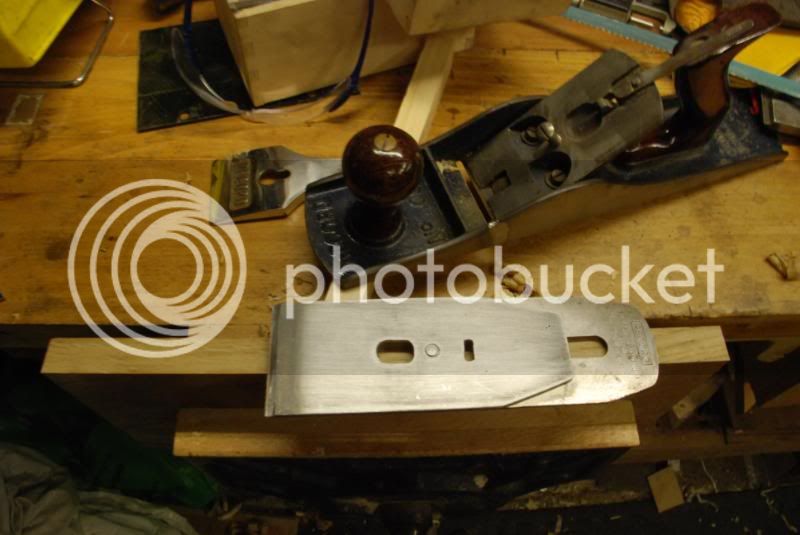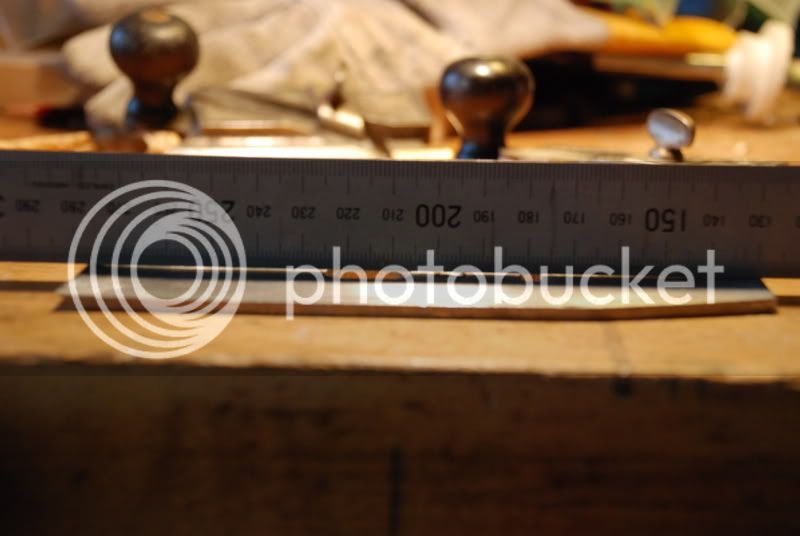I've got some older Stanleys that had been tuned up but were still chattering on difficult woods. Having exhausted all the usual fettling tricks, I ordered a Hock blade for each plane. The hock blades helped a lot but I was still getting chatter.
I had done all of the other important stuff like checking the frog's bedding area and tuning the chip breaker to seat properly on the blade etc but it didn't help. So, I ordered a Hock chip breaker to see how it improved things. Ai Carumba! Night and day difference!
If I were getting chatter and on a budget and had to choose either a blade or a chip breaker, I'd choose the chip breaker hands down. While the blade offered a noticeable difference, the chip breaker's improvement was like night and day. I need to try the chip breaker on the factory blade to get a baseline but I'm too busy right now -- I need to get some more chip breakers for the rest of my Stanleys!

I had done all of the other important stuff like checking the frog's bedding area and tuning the chip breaker to seat properly on the blade etc but it didn't help. So, I ordered a Hock chip breaker to see how it improved things. Ai Carumba! Night and day difference!
If I were getting chatter and on a budget and had to choose either a blade or a chip breaker, I'd choose the chip breaker hands down. While the blade offered a noticeable difference, the chip breaker's improvement was like night and day. I need to try the chip breaker on the factory blade to get a baseline but I'm too busy right now -- I need to get some more chip breakers for the rest of my Stanleys!







